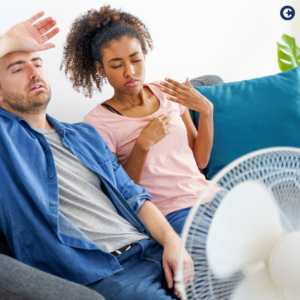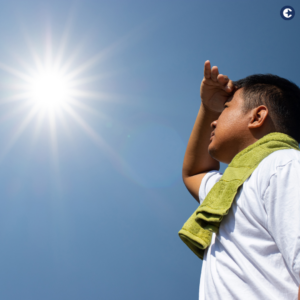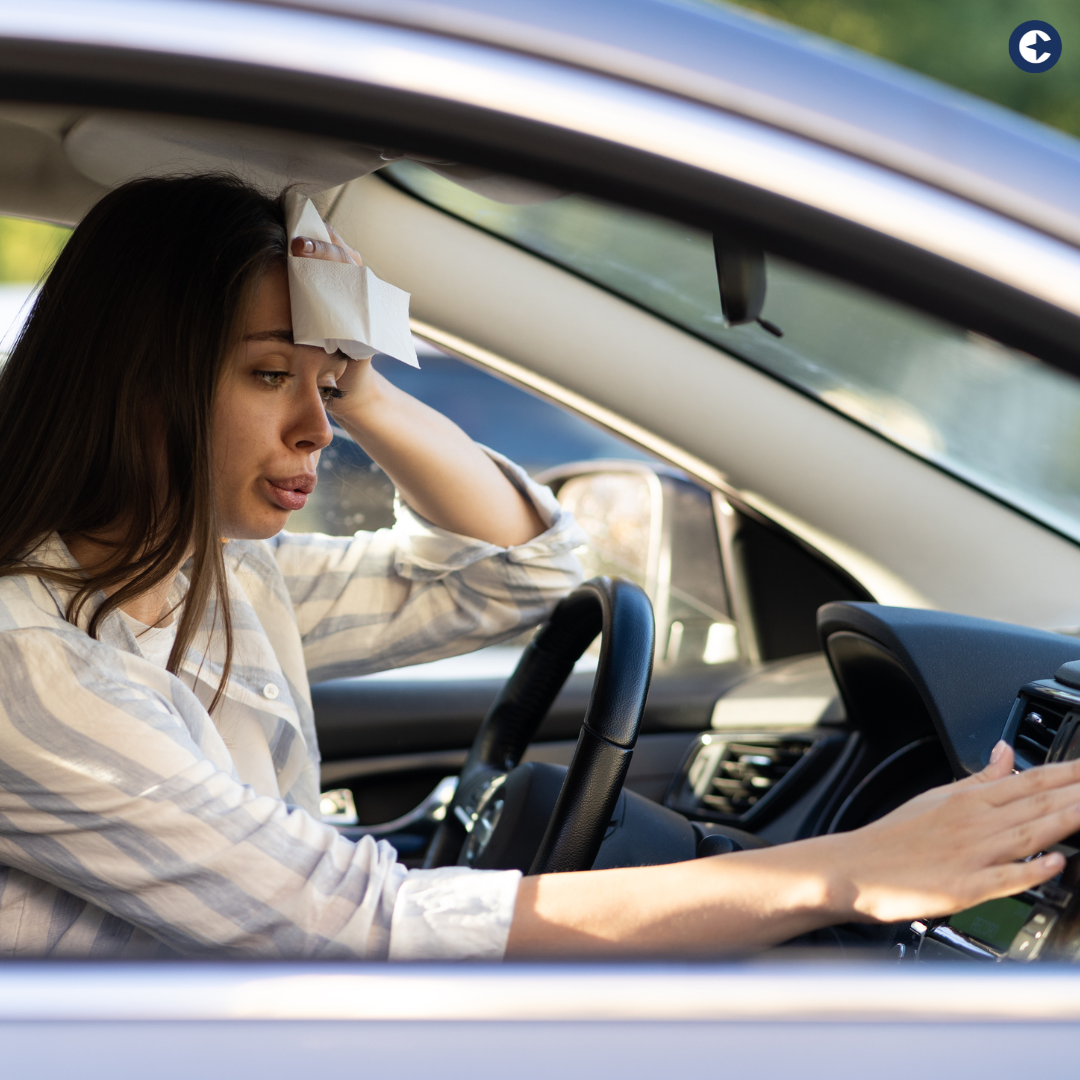As the summer sun blazes overhead, it’s essential to stay informed about the dangers of extreme heat and how it can affect our bodies. Heat-related illnesses, such as heat stroke and heat exhaustion, are serious conditions that can escalate rapidly if not recognized and treated promptly. In this blog, we’ll explore the signs of heat stroke and heat exhaustion, what to do if you or someone else experiences these conditions, and crucial warnings to stay safe in scorching summer temperatures.

Understanding Heat Stroke and Heat Exhaustion:
1. Heat Exhaustion: Heat exhaustion is the body’s response to excessive heat and dehydration. It typically occurs after prolonged exposure to high temperatures and inadequate fluid intake. Early signs of heat exhaustion may include heavy sweating, weakness, dizziness, headache, and nausea. If not addressed, heat exhaustion can progress to heat stroke, a life-threatening condition.
2. Heat Stroke: Heat stroke is a medical emergency that requires immediate attention. It occurs when the body’s core temperature reaches dangerously high levels, usually above 104°F (40°C). In heat stroke, the body’s ability to regulate temperature breaks down, and sweating may stop. Symptoms include confusion, rapid heart rate, hot and dry skin, unconsciousness, and seizures. Heat stroke is life-threatening and demands urgent medical intervention.
Responding to Heat-Related Illnesses:
1. Heat Exhaustion Response: If you suspect someone is experiencing heat exhaustion, take the following steps:
- Move them to a cooler, shaded area.
- Have them lie down and elevate their legs slightly.
- Offer cool, non-alcoholic beverages to rehydrate.
- Apply damp, cool towels to their body or encourage them to take a cool shower.
- If symptoms persist or worsen, seek medical attention.
2. Heat Stroke Response: Heat stroke requires immediate action and medical assistance. Follow these steps:
- Call emergency services right away.
- Move the person to a cooler area.
- Remove excess clothing and apply cool, wet cloths to their body.
- Do not offer fluids if they are unconscious.
- Monitor their condition until help arrives.
Preventing Heat-Related Illnesses:
Prevention is key to staying safe in the summer heat. Here are some essential tips to avoid heat-related illnesses:
- Stay hydrated: Drink plenty of water throughout the day, especially when outdoors or engaged in physical activities.
- Dress appropriately: Wear lightweight, loose-fitting, and light-colored clothing to help your body cool down.
- Avoid outdoor activities during peak heat: Limit your time outdoors during the hottest part of the day, usually between 10 a.m. and 4 p.m.
- Seek shade: Find shaded areas when spending time outside, and use umbrellas or hats to protect yourself from direct sunlight.
- Use sunscreen: Apply sunscreen with a high SPF to protect your skin from harmful UV rays.

Summer Heat: A Warning to Stay Vigilant:
As summer temperatures rise, remember that heat-related illnesses can affect anyone, regardless of age or physical condition. Pay close attention to your body’s signals and watch for signs of heat exhaustion or heat stroke. Always stay informed about the weather forecast, and be prepared to take necessary precautions when extreme heat warnings are issued.
By staying vigilant, well-hydrated, and cool during the summer months, you can protect yourself and others from the dangers of heat-related illnesses. Let’s enjoy the summer safely and responsibly!



